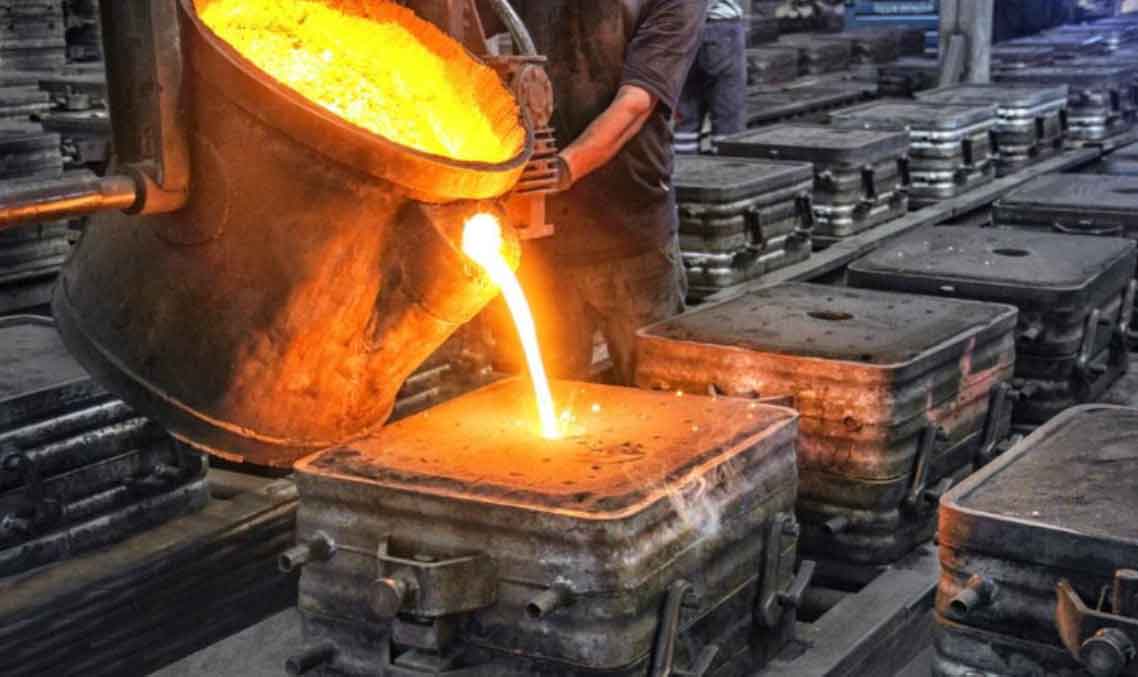
The evolution of China casting has been a remarkable journey that spans centuries of development, transitioning from traditional methods to embracing high-tech advancements. Here’s an overview of the key stages in the evolution of China casting:
- Ancient Roots: Casting in China dates back to ancient times, with historical evidence of bronze and iron castings dating back to the Shang and Zhou dynasties (around 1600-256 BCE). The ancient Chinese used clay molds and basic furnaces to create bronze ritual vessels and other objects.
- Innovation and Refinement: Over the centuries, Chinese craftsmen honed their casting techniques, improving mold designs and adopting more sophisticated furnace technologies. This led to the creation of intricate and highly detailed bronze and iron castings, showcasing the expertise of ancient Chinese artisans.
- Spread of Casting Knowledge: The knowledge and techniques of casting gradually spread throughout China, with regional foundries emerging in different parts of the country. This dissemination of expertise contributed to the widespread use of casting in various applications, including art, architecture, and daily necessities.
- Modernization and Industrialization: During the 19th and 20th centuries, China casting industry underwent significant changes with the introduction of modern manufacturing processes. The adoption of Western casting technologies and industrialization efforts led to increased production capacities and more standardized casting practices.
- Revival and Innovation: In the late 20th century, China experienced an economic boom, and the casting industry saw a revival. With advancements in materials science and technology, Chinese foundries began to adopt modern casting methods and automation, further enhancing their capabilities.
- Integration of High-Tech Solutions: In recent decades, China casting has embraced high-tech solutions, including computer-aided design (CAD) and computer-aided manufacturing (CAM) technologies. These innovations have improved design precision, reduced production times, and allowed for more complex casting geometries.
- Green and Sustainable Practices: As environmental awareness increased globally, China casting foundries have taken steps to adopt more eco-friendly and sustainable practices. Initiatives such as energy-efficient furnaces, waste reduction, and recycling programs have contributed to greener manufacturing processes.
- Global Market Influence: China’s rise as a global economic powerhouse has also transformed its casting industry. The country’s abundant resources, large labor force, and cost-effective production capabilities have made it a key player in the international casting market.
- Investment in Research and Development: The Chinese government and private enterprises have invested significantly in research and development within the casting industry. This has led to the development of advanced casting materials, new alloys, and cutting-edge casting processes.
- Integration of Automation and Robotics: Automation and robotics have become integral to China casting industry, improving production efficiency and reducing human error. Automated systems are now used for tasks like mold handling, pouring, and finishing.
Through this evolution, China casting has emerged as a dynamic and versatile industry, offering high-quality casting solutions to various sectors worldwide. The integration of traditional craftsmanship with modern technology has paved the way for a thriving casting industry in China, contributing to the country’s economic growth and global influence.
Pages: 1 2
